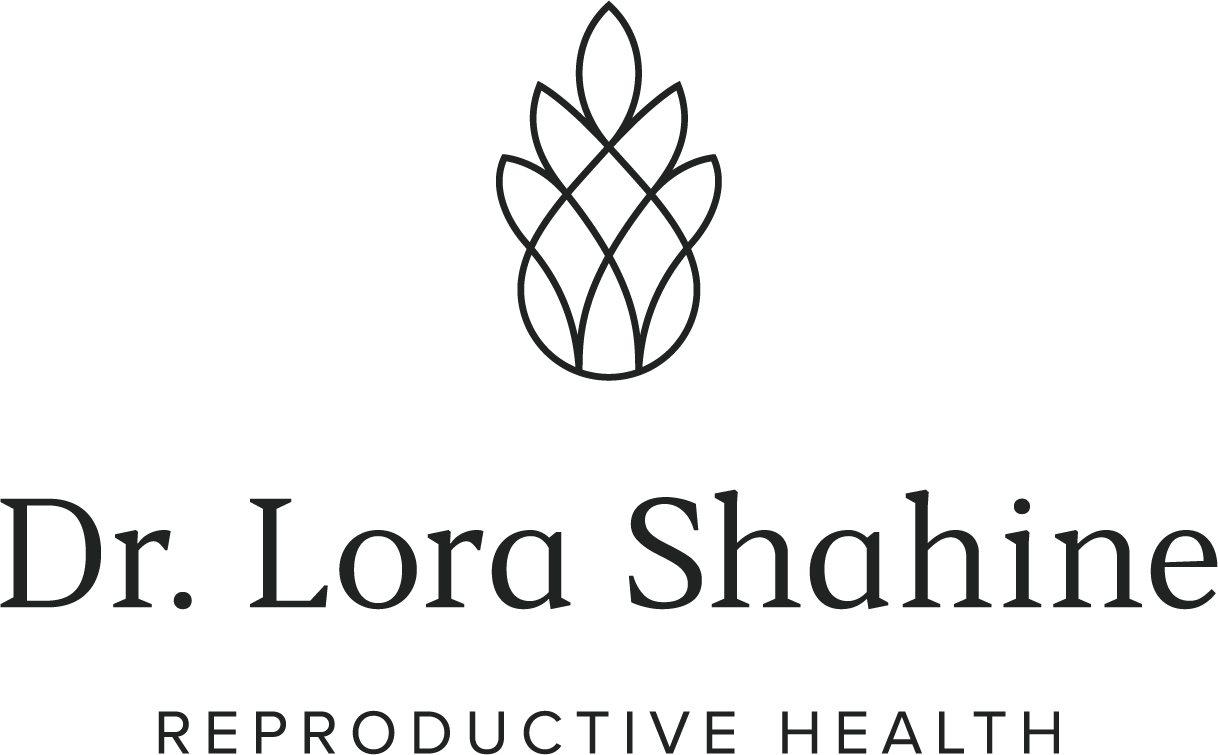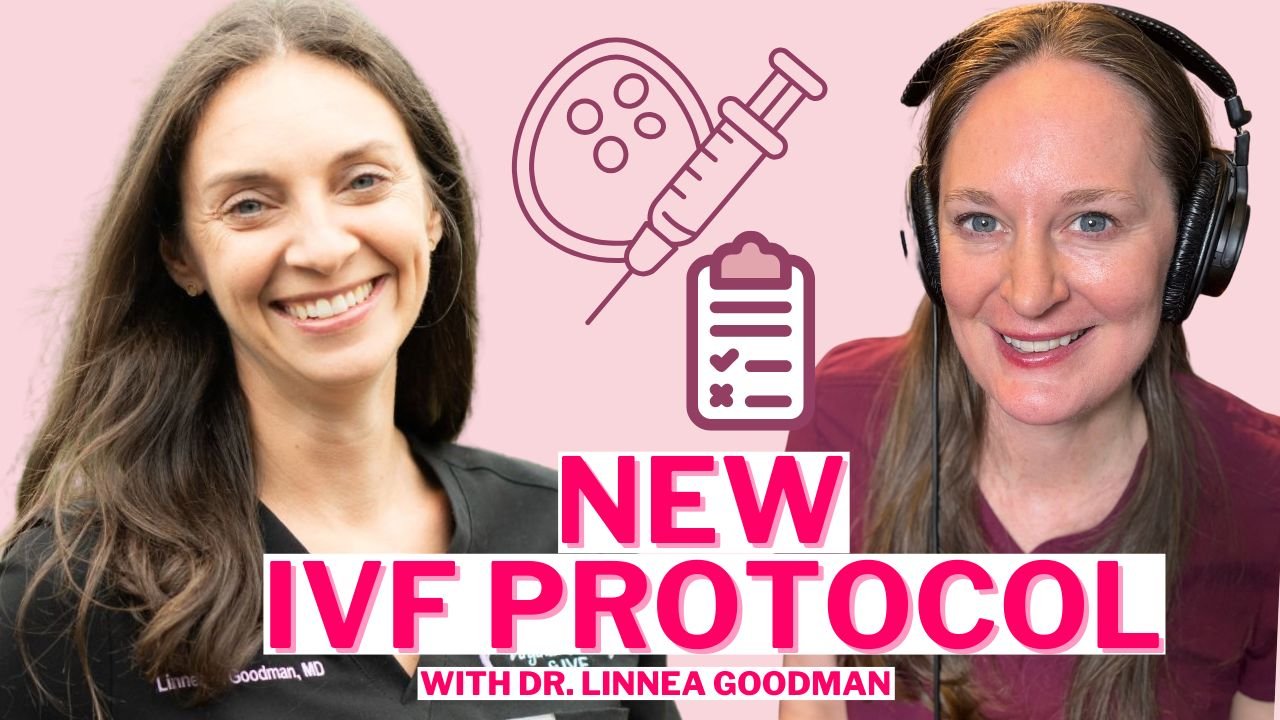Fewer Shots, Same Success: A New IVF Protocol Revolutionizing Fertility Treatment
In the world of in vitro fertilization (IVF), the image of patients surrounded by countless needles has become all too familiar. The sheer number of shots required during the IVF process has long been a significant barrier for many individuals seeking to build their families. However, a groundbreaking new protocol is poised to change the game, offering patients a more streamlined and patient-friendly approach to IVF.
Introducing the "Provera Protocol," a revolutionary IVF method that significantly reduces the number of shots required while maintaining the same high success rates. Developed and extensively researched by Dr. Linnea Goodman, a board-certified reproductive endocrinologist and infertility specialist, this protocol is gaining traction worldwide and is now making its way to the United States.
The Challenges of Traditional IVF Protocols
For decades, the IVF process has been synonymous with a seemingly endless array of injections. Patients undergoing IVF typically require a combination of medications, including follicle-stimulating hormone (FSH) and luteinizing hormone (LH), to stimulate egg production. Additionally, they must take a separate medication, often an injectable antagonist, to prevent premature ovulation.
This complex regimen can be overwhelming for many patients, leading to a significant psychological and physical burden. As Dr. Goodman explains, "The shots have almost become a rite of passage in the IVF journey, but the question is, do we really need all of these shots?"
The sheer number of shots, coupled with the frequent monitoring appointments required, can also pose logistical challenges for patients. Time off work, transportation, and the financial burden of multiple clinic visits can all add to the stress of the IVF process.
Introducing the Provera Protocol: A Game-Changer in IVF
Enter the Provera Protocol, a revolutionary approach that aims to address the pain points associated with traditional IVF protocols. This innovative method replaces the multiple injections with a single shot and a single oral medication, significantly reducing the number of shots required.
The Provera Protocol works by using a generic medication called medroxyprogesterone acetate (Provera or Moxy) to prevent ovulation, rather than the traditional injectable antagonist. This simple yet effective approach allows patients to take a single shot and a single pill once a day for approximately 10 days during the stimulation phase.
The Science Behind the Provera Protocol
The Provera Protocol is not a new concept in the world of fertility treatment, but it has been largely underutilized in the United States until recently. Dr. Goodman's research and clinical experience have been instrumental in bringing this protocol to the forefront of IVF care.
The foundation of the Provera Protocol is rooted in extensive research spanning over three decades. Studies dating back to the 1990s have consistently demonstrated that the use of progesterone, such as medroxyprogesterone acetate, does not negatively impact egg quality or overall IVF outcomes.
In fact, the Provera Protocol has been successfully used in various patient populations, including cancer patients and those with pre-existing progesterone-releasing intrauterine devices (IUDs). These studies have shown that the exposure to progesterone during the egg stimulation phase does not compromise the quality or viability of the eggs.
Randomized Controlled Trials: Validating the Provera Protocol
As with any new medical protocol, rigorous scientific research is essential to ensure its safety and efficacy. Dr. Goodman and her colleagues have undertaken several randomized controlled trials (RCTs) to evaluate the Provera Protocol in comparison to the standard antagonist protocol.
One such study, published in the journal Human Reproduction in 2019, compared the Provera Protocol to the antagonist protocol in 216 patients. While the study found no significant differences in the number of eggs retrieved or embryo quality, it did note a slightly lower clinical pregnancy rate in the Provera group.
However, the researchers emphasized that the live birth rate, the ultimate measure of success, was comparable between the two groups. This finding suggested that the Provera Protocol was a viable alternative to the traditional antagonist protocol, with the added benefit of significantly fewer shots for patients.
Building on this initial research, Dr. Goodman and her team conducted a larger RCT in 2021, published in the journal Fertility and Sterility. This study involved 418 patients undergoing the Provera Protocol and 419 patients following the standard antagonist protocol. The results were clear: there were no significant differences in the number of eggs retrieved, embryo quality, or pregnancy rates between the two groups.
These well-designed studies have provided the necessary evidence to support the widespread adoption of the Provera Protocol, demonstrating that it can achieve the same high-quality outcomes as traditional IVF protocols, with the added benefit of significantly fewer shots for patients.
Expanding the Provera Protocol: Exploring Diverse Patient Populations
As the Provera Protocol gained traction, Dr. Goodman and her team recognized the importance of evaluating its efficacy in various patient populations, including those with diminished ovarian reserve or a history of poor response to IVF stimulation.
In a recent presentation at the American Society for Reproductive Medicine (ASRM) conference, Dr. Goodman shared the results of her research on the use of the Provera Protocol in low-responding patients. The findings were remarkable: the Provera Protocol not only maintained the same outcomes as the traditional antagonist or microdose Lupron flare protocols but, in some cases, even showed improved results.
This is a significant finding, as low-responding patients are often the most vulnerable population in the IVF landscape. By demonstrating the Provera Protocol's effectiveness in this group, Dr. Goodman has paved the way for more patients to benefit from this innovative approach.
Additionally, Dr. Goodman has explored the use of the Provera Protocol in patients who have undergone multiple previous IVF cycles. By using each patient as their own control, the researchers were able to directly compare the outcomes of the Provera Protocol to the patient's previous experiences with traditional IVF protocols. Once again, the results were consistent: the Provera Protocol achieved comparable, if not better, outcomes without the burden of additional shots.
A Patient-Centered Approach to IVF
At the heart of the Provera Protocol is a deep commitment to patient-centered care. Dr. Goodman's research and clinical experience have shown that the psychological and physical toll of IVF can be a significant barrier for many individuals seeking fertility treatment.
By reducing the number of shots required, the Provera Protocol aims to alleviate the stress and anxiety associated with the IVF process. Patients no longer have to navigate the complexities of multiple injections at different times of the day, nor do they have to endure the discomfort and potential side effects of the traditional antagonist medication.
Moreover, the Provera Protocol's simplified approach to medication administration and monitoring visits can have a profound impact on patients' lives. Fewer clinic visits mean less time off work, reduced transportation and parking costs, and an overall more manageable experience for patients and their families.
As Dr. Goodman explains, "The shots have almost become a rite of passage in the IVF journey, but the last thing I want to do is make it harder for people. I want to make it easier." The Provera Protocol is a testament to this patient-centric philosophy, empowering individuals to pursue their family-building dreams with greater ease and confidence.
The Future of IVF: Innovations in Progestins
The success of the Provera Protocol has sparked a renewed interest in the role of progestins in IVF. While the Provera Protocol represents a significant advancement, Dr. Goodman and other researchers are exploring even more innovative ways to further streamline the IVF process.
One exciting development is the potential for long-acting progestin formulations, which could eliminate the need for daily injections altogether. In Europe, a progestin medication that can be administered once a week is already available, though it has not yet been widely adopted in the United States.
Additionally, researchers are investigating the possibility of transitioning the gonadotropin medications (FSH and LH) from injections to oral formulations. This could further reduce the number of shots required during the IVF process, making the experience even more patient-friendly.
As the field of reproductive medicine continues to evolve, the Provera Protocol stands as a shining example of how innovation and a focus on patient needs can transform the IVF landscape. By prioritizing the well-being of individuals and couples seeking fertility treatment, this protocol has the potential to make a lasting impact on the lives of countless families.
Accessing the Provera Protocol: A Nationwide Opportunity
The Provera Protocol is not limited to a single geographic region or fertility clinic. Dr. Goodman's research and expertise have made this innovative approach accessible to patients across the United States and beyond.
Patients interested in exploring the Provera Protocol can connect with Dr. Goodman and her team at Virginia Fertility & IVF in Charlottesville, Virginia. Through telemedicine consultations, Dr. Goodman is able to provide guidance and support to patients from all over the country, ensuring that the benefits of the Provera Protocol are available to a wider population.
Additionally, Dr. Goodman's research and findings have been presented at various medical conferences, including the prestigious American Society for Reproductive Medicine (ASRM) meeting. By sharing her knowledge and experiences with the broader fertility community, she is paving the way for more clinicians to adopt the Provera Protocol and offer it as a viable option for their patients.
Conclusion: A New Era in IVF
The Provera Protocol represents a transformative shift in the world of IVF, offering patients a more streamlined and patient-friendly approach to fertility treatment. By significantly reducing the number of shots required, this innovative protocol has the potential to alleviate the physical and psychological burden that has long been associated with IVF.
Through rigorous research, clinical expertise, and a deep commitment to patient-centered care, Dr. Linnea Goodman and her team have demonstrated the efficacy and safety of the Provera Protocol. As this protocol gains wider adoption, it has the power to revolutionize the IVF experience, empowering individuals and couples to pursue their family-building dreams with greater ease and confidence.
For more insights and resources from Dr. Lora Shahine, be sure to check out her newsletter, listen to her Brave & Curious podcast, and follow her on Instagram, TikTok, Twitter, and Facebook.
Together, let's embrace the transformative power of the Provera Protocol and usher in a new era of more patient-friendly and accessible IVF treatments.


